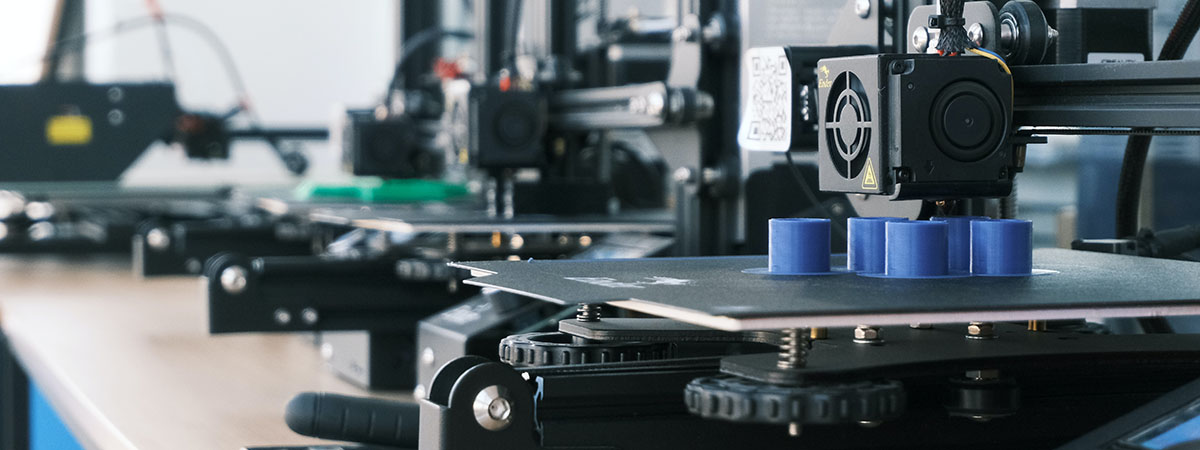
Additive Manufacturing: Advances in post processing technology

Advances and developments in additive manufacturing technologies have seen rapid growth in the past decade. While the latest and greatest additive technologies and 3D printers are featured and discussed at length, the post processing requirements of additive manufacturing are not often given the same attention.
The widespread adoption of FDM and other lower cost plastic printing technologies from hobbyist users and R&D workshops around the world means that many people are now familiar with the fundamental post processing requirements that accompany plastic printed parts. However, what is often misunderstood is that post processing goes far beyond soluble support removal or ripping away at plastic structures with hand tools. There are many new and lesser-known branches of additive manufacturing that have become entirely separated and unrelated to what has been mislabelled with the umbrella term ‘3D printing’ in recent times.
A diversifying range of additive materials, technologies and processes are becoming available to manufacturers at a blistering pace. This is driving a need for improved downstream manufacturing processes in several ways. Metal additive manufacturing is one area that is seeing an explosion of process, material, and technology developments in recent years, some of which are overviewed below.
The amount of various post processing steps that could be needed in additive manufacturing for various interindustry applications are almost endless, and entirely dependent on a company’s specific needs. Depending on the process, metal prints often require at minimum a basic treatment such as de-binding, structural support removal or stress relieving through heat treatment. Most process also result in parts that have non-uniform or rough surface finishes, requiring additional post-processing before been able to be utilised in an application. Up until recently, these have all required manual human intervention and a suite of expensive equipment.
A few examples of what is becoming increasingly accessible to companies of all sizes includes technologies in the areas of:
Post processing Automation
What have traditionally been very time consuming and labour-intensive tasks are now beginning to be automated. Operations such as unloading and part cut-off, structural support removal, grinding and assembling are seeing improvements where they can be completed with minimal manual handling from machine operators compared to what has been done previously.
Polishing and Advanced functional coatings
As more materials become available to an ever-growing number of industries, there are metal parts that are being exposed to all sorts of operating conditions and environments. Advances in future metal additive materials such as new alloys are requiring new polishing and treatment methods to complement their manufacture, as well as allow their use in hostile environments. Environmental conditions such as been able to be in contact with highly corrosive substances, high temperature operations and specific electrical conductivity requirements are just a few areas that have seen recent developments.
Hybrid Machining
Additive manufacturing will never be a full replacement for traditional subtractive. In manufacturing, it is important to interface and complement subtractive and additive technologies in a way that is as fluid and seamless as possible. We are now seeing additive technologies that include or integrate with traditional subtractive technologies to create production parts in ways that have never be seen before. An example is metal deposition printing which sees rough parts printed at very fast production speeds, to then be machined down to produce the finer features. Technology is also available that offers both CNC milling and metal printing in the same build.
Smart Polishing and Grinding
Smart technology embedded in the equipment and supporting software are seeing increased efficiency in polishing and grinding. Build processers and design software can now add small oversized material allowances to compensate for polishing and grinding. The decision making of adding allowances can be driven by and decided upon by the machine instead of the operator or designer. Electro polishing, both using liquid and dry static methods are being designed in ways that specifically complement additive metal materials and parts.
To find out more contact AM Centre to get an expert opinion on how the latest development in additive manufacturing post processing technologies can allow you to explore new manufacturing applications.
